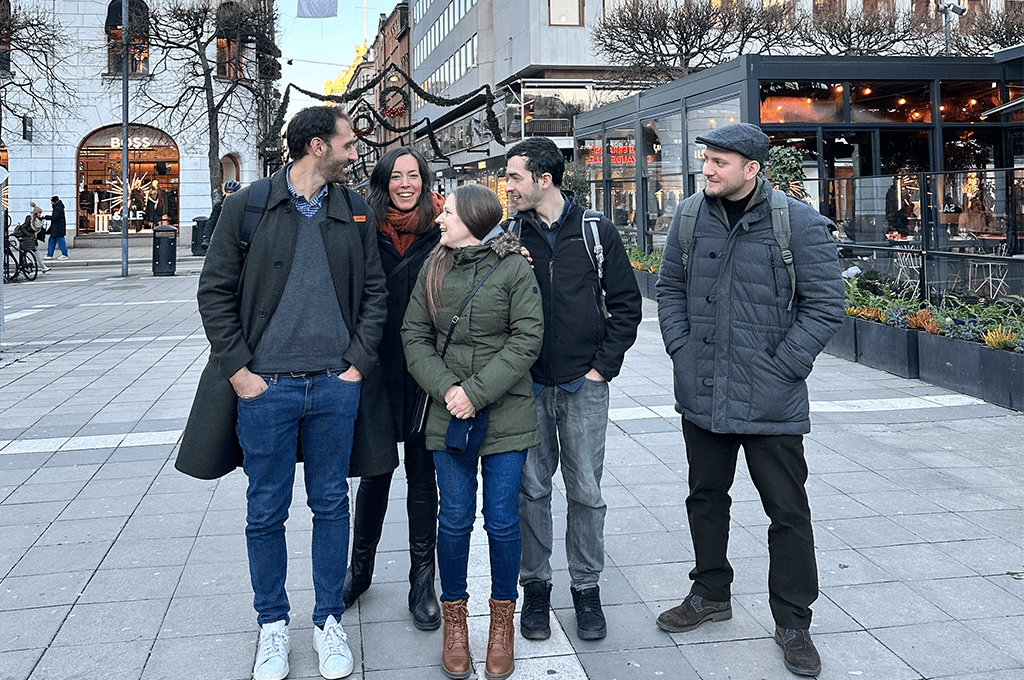New microfluidic platform developed by SciLifeLab researchers
An interdisciplinary team led by SciLifeLab researchers Prof. Maria Tenje and Docent Magnus Johansson have developed a microfluidic platform that allows E. coli bacteria to be electroporated while being watched in real time under a microscope. The study was recently published in Advanced Materials Technologies. These observations revealed that electrophoresis plays an important role in electroporation within this miniaturized system.
Electroporation of bacterial cells is challenging due to their small size and complex cell envelope. By using bipolar electrical pulses instead of the commonly used monopolar pulses, the success rate of electroporation improved. Cooling the platform to low temperatures (~5 °C) further increased efficiency.
This platform enables electroporation under fully controlled conditions. Experimental parameters like pulse width, amplitude, and the chemical composition of the media can be changed, helping researchers understand how pores form and reseal in cell membranes. It may also be useful for studies with genetic modifications of bacteria, offering direct feedback from live observations.
“In modern science borders between different fields get blurry and complicated projects are not possible without collaborative efforts. I am proud to be a part of the very skilled interdisciplinary team tackling important scientific questions,” says Dr. Ivan Volkov, Uppsala University researcher and first author of the study.
The importance of the interdisciplinary environment at SciLifeLab
This research was a collaboration between the Tenje lab at Ångström Laboratory (Dept. Materials Science and Engineering) and the Johansson lab at BMC (Dept. Cell and Molecular Biology). It combined expertise in microfabrication, integrated electronics, microbiology, and high-resolution microscopy. The project began in 2017 as part of a VR-funded research environment led by SciLifeLab researcher Prof. Johan Elf (UU) and benefited from the interdisciplinary environment at SciLifeLab. The system was fabricated in the MyFab cleanroom, with experiments taking place in labs in Uppsala.
“I’m always excited by microfabrication challenges and got very enthusiastic when Johan and Magnus proposed this idea several years back. In the end, the system integration including both microfluidics, electronics, and optics turned out to be extremely difficult and I’m so proud of the efforts put in by the team to make it work!” says SciLifeLab researcher and Uppsala University Professor Maria Tenje.
Future applications
The Tenje lab is now working on new platforms with a similar design to electrically measure bacterial growth and proliferation. These systems could be applied in areas like antibiotic susceptibility testing (AST) for human and veterinary use. The improvement lies in integrating multiple smaller electrodes to address individual microchannels, enabling better detection limits and data resolution.
Contact info:
Maria Tenje, maria.tenje@angstrom.uu.se
Magnus Johansson, m.johansson@icm.uu.se




